Software
Digital Signage Software
Convert casual interactions and captivating content into curated experiences that build brand loyalty, streamlined operations and revenue opportunities through intelligent interfaces enabled by adaptive, intuitive software that scales with your needs.
Trusted by industry leaders to power better customer experiences
MetroClick Manager & Device Hub
Digital signage solutions featuring all-in-one content management to manage all digital signage
Configure and manage all of your digital signage displays from a single,client-specific, secure web-portal. This ensures that your digital network is secure and scalable to meet your needs.
MetroClick Manager (MCM) digital signage software allows you to easily group and assign your devices to manage everything from your entire signage portfolio to store specific signage to each individual display. This allows you to easily segment and specify content across your entire network.
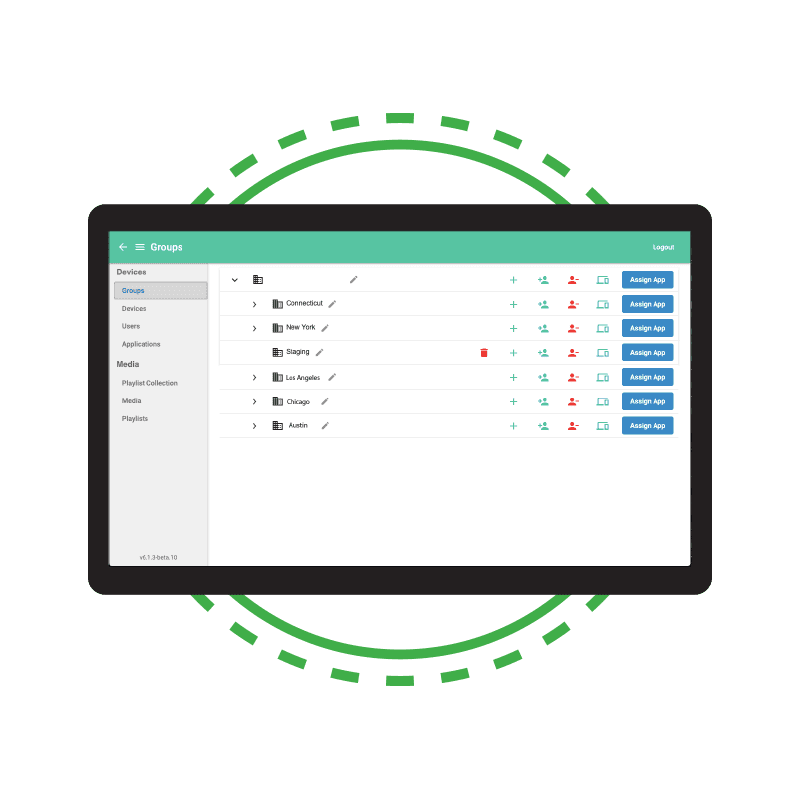
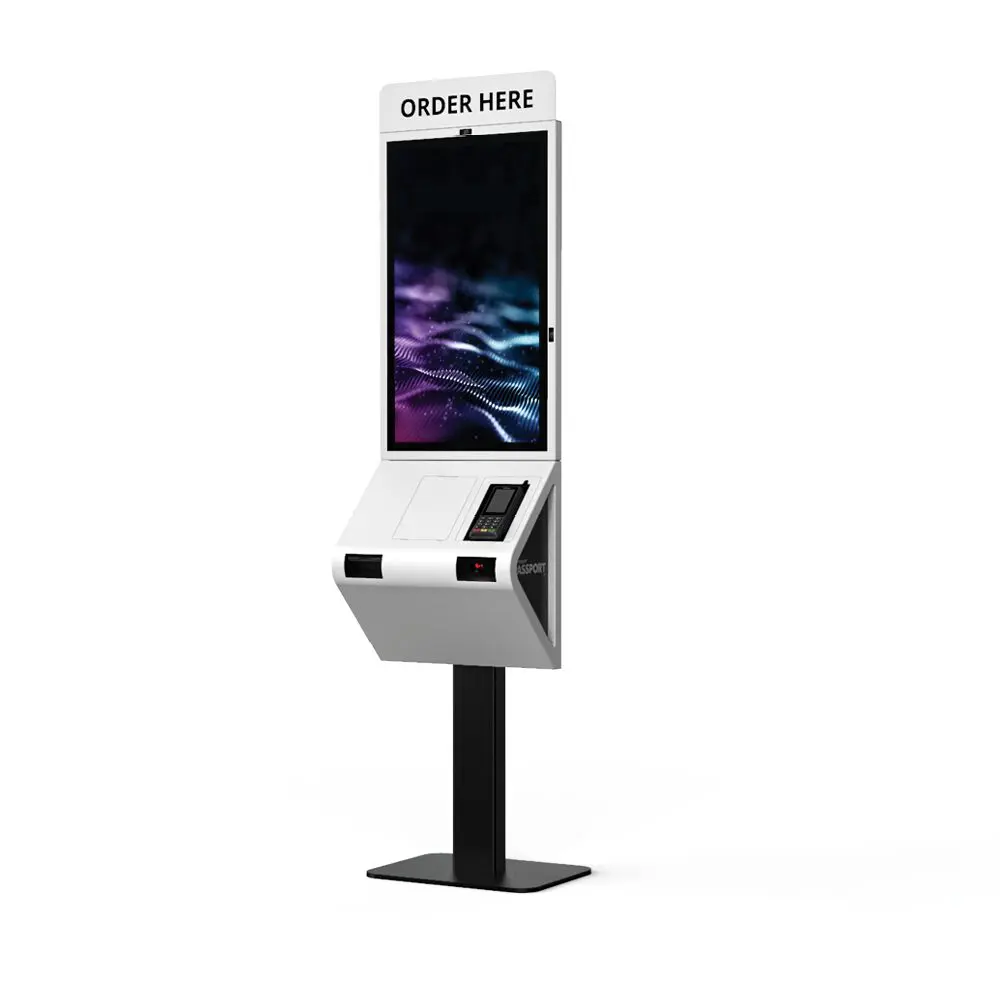
POS Software
Enhance the shopping experience with software digital signage solution
Let MetroClick digital signage solutions turn your in-store ordering process into a seamless interactive experience.
No longer worry about getting the customers’ order wrong or lengthy check-out lines, our electronic signage systems or self service kiosk offer a robust and secure ordering platform with built-in payment integration.
Wayfinding Software
Software for digital signage- connect & engage with your location
MetroClick digital signage software specializes in creating interactive maps and directories for public large format touch screen displays and wayfinding kiosks.
The perfect solution for a mall or high traffic environment. Let us map out your property, or turn your existing maps into a fun and useful interactive experience.
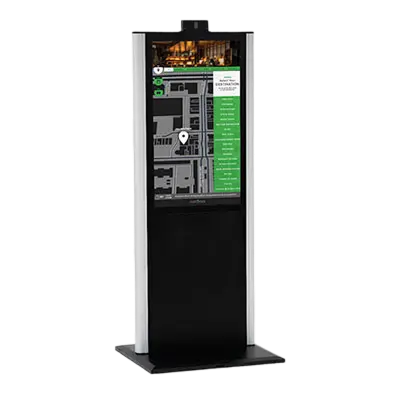
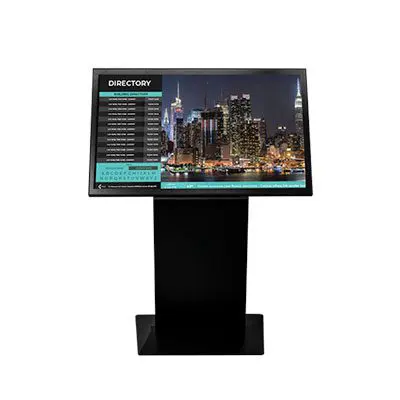
Interactive Directory Software
Simple & effective digital sign software solutions
Display more than simple text with an interactive directory using our display board software. Take advantage of a large format display by integrating company logos, slideshows and more.
Advertising Software
Real-time content
MetroClick has created created a software platform to manage and distribute digital advertising for touchscreen and non-touchscreen displays.
Advertising displays can be used as a stand alone product or integrated into any other application.
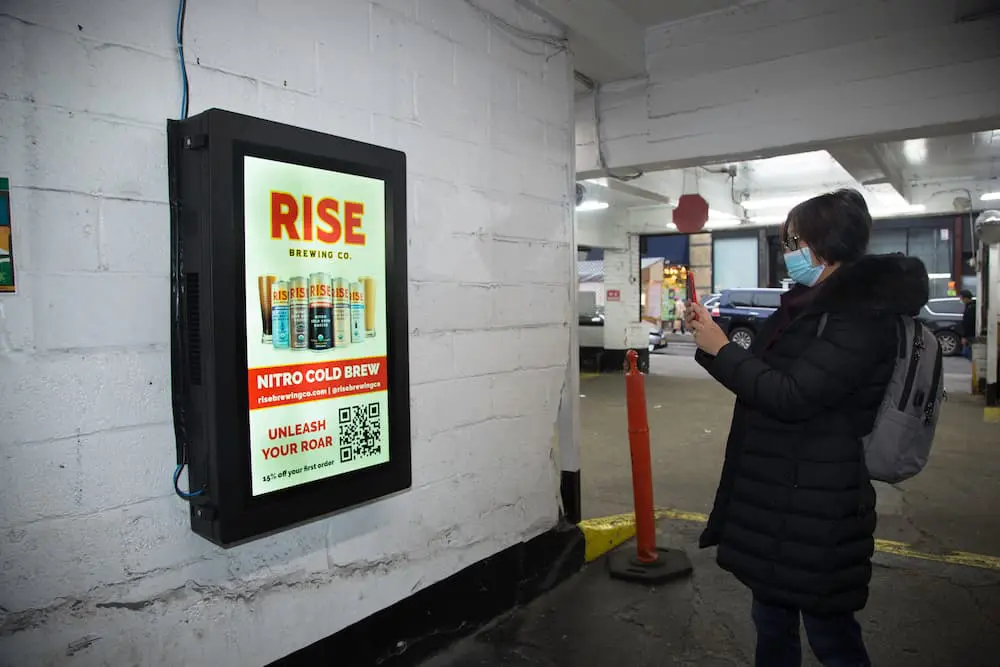
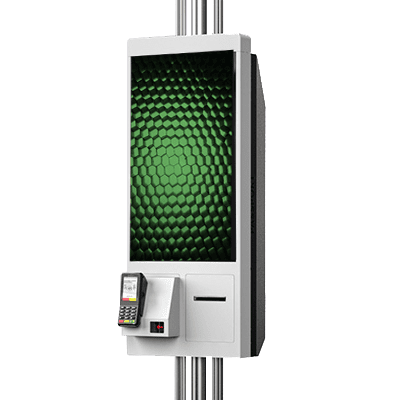
Check-In System Software
Easy & secure
Check-in kiosks are great for hotels, hospitals, restaurants, and retail applications. These systems enhance operational efficiency by minimizing wait times and reducing the workload on staff. Guests can easily check themselves in, access relevant information, and complete transactions securely.
Moreover, with features like ID scanning and biometric verification, these kiosks ensure a high level of security, protecting both personal data and business operations. Transform your guest experience and streamline your operations with MetroClick’s advanced check-in system software.
More Information
Understanding Modern Digital Signage Software Architecture
Digital signage software serves as the backbone of contemporary visual communication systems, orchestrating content delivery across diverse display networks. MetroClick’s software platform transcends traditional static displays by enabling dynamic, responsive content management that adapts to real-time conditions and audience engagement patterns. As leading digital sign companies continue advancing their platforms, the distinction between basic content players and comprehensive management systems becomes increasingly significant for organizations seeking scalable solutions.
Cloud-Based Content Management Systems for Digital Displays
Centralized Control and Distribution
Modern digital signage operates through sophisticated cloud architectures that eliminate geographical limitations on content management. Administrators access unified dashboards from any location, pushing updates to thousands of displays simultaneously while maintaining granular control over individual screens. This centralized approach reduces operational complexity while ensuring brand consistency across dispersed locations.
Real-Time Content Synchronization
Cloud-based systems enable instantaneous content updates that respond to changing business conditions. Whether adjusting pricing displays, updating promotional messages, or broadcasting emergency notifications, the software ensures synchronized delivery across entire networks. This responsiveness proves particularly valuable for organizations that rent digital sign systems for temporary events or seasonal campaigns.
Industry-Specific Software Solutions and Applications
Digital signage software requirements vary significantly across vertical markets, necessitating specialized feature sets tailored to specific operational needs. Financial institutions leveraging digital signage for banks require secure data integration with rate management systems and compliance features for regulatory messaging. Retail environments demand inventory integration and dynamic pricing capabilities, while healthcare facilities prioritize patient privacy controls and emergency alert systems.
The software’s flexibility enables seamless transitions between different use cases within single deployments. A hotel lobby display might shift from welcoming messages to conference schedules to restaurant promotions throughout the day, each transition orchestrated by intelligent scheduling algorithms that consider time, occupancy, and special events.
Content Creation and Design Tools Integration
Template-Based Design Systems
Professional digital signage software incorporates sophisticated design tools that empower non-technical users to create compelling content. Template libraries provide starting points for common applications, while drag-and-drop interfaces enable rapid customization without specialized training. These systems maintain brand guidelines through locked elements and approved asset libraries, ensuring consistency while allowing creative flexibility.
Dynamic Data Integration Capabilities
Modern displays transcend static imagery through real-time data integration from multiple sources. Weather feeds trigger relevant product promotions, social media streams create engaging user-generated content displays, and analytics dashboards visualize performance metrics. The software manages these data connections while handling formatting, error conditions, and failover scenarios automatically.
Interactive Display Software Features
Touch-enabled displays require specialized software capabilities beyond traditional digital signage. Interactive applications demand responsive user interfaces, gesture recognition, and multi-touch support that maintains performance under heavy usage. The software architecture must handle concurrent user sessions while preventing system conflicts and maintaining security.
Wayfinding applications exemplify interactive software sophistication, combining real-time pathfinding algorithms with intuitive user interfaces. These wayfinding kiosks process complex spatial data while presenting simplified navigation instructions that accommodate diverse user abilities and languages.
Analytics and Performance Measurement Tools
Audience Engagement Metrics
Digital signage software captures comprehensive engagement data through integrated sensors and interaction logs. Anonymous demographic analysis reveals audience composition, while attention metrics measure content effectiveness. Heat mapping visualizations identify high-engagement zones within displays, informing content placement strategies for maximum impact.
Content Performance Optimization
Advanced analytics engines process viewing patterns to optimize content rotation schedules automatically. Machine learning algorithms identify peak engagement periods for different content types, adjusting playback sequences to maximize audience attention. These insights enable data-driven content strategies that continuously improve communication effectiveness.
Security and Network Management Considerations
Enterprise digital signage deployments require robust security frameworks protecting both content integrity and network infrastructure. Software platforms implement multi-layer security protocols including encrypted communications, role-based access controls, and audit trails documenting all system changes. Regular security updates address emerging threats while maintaining compatibility with existing content and configurations.
Network bandwidth optimization becomes critical for large-scale deployments, particularly when distributing high-resolution video content. Intelligent caching mechanisms and peer-to-peer distribution protocols reduce bandwidth consumption while ensuring reliable content delivery. The software monitors network performance continuously, adjusting quality settings dynamically to maintain playback consistency.
Scalability and Multi-Location Management
Organizations planning to buy digital sign networks must consider long-term scalability requirements. Professional software platforms support hierarchical management structures enabling corporate oversight while allowing local customization. Franchise operations benefit from template-based content distribution that maintains brand standards while accommodating regional variations.
Multi-tenant architectures enable service providers to manage multiple client deployments from unified platforms. This capability proves essential for agencies managing digital signage across diverse client portfolios, each with unique branding requirements and operational workflows.
Integration with Business Systems and Third-Party Platforms
Enterprise Resource Planning Connectivity
Digital signage software extends enterprise system capabilities to customer-facing displays through sophisticated integration frameworks. Real-time inventory data drives dynamic product availability displays, while queue management systems update wait time estimates automatically. These integrations eliminate manual data entry while ensuring information accuracy across all customer touchpoints.
Building Management System Coordination
Smart building deployments benefit from digital signage integration with facility management platforms. Emergency alert systems trigger evacuation instructions across all displays simultaneously, while environmental monitoring data informs energy-saving messages. This coordination extends to hospitality environments where room availability, event schedules, and service notifications require synchronized updates.
Specialized Applications and Vertical Solutions
Self service kiosk deployments require transaction-capable software supporting payment processing, receipt printing, and inventory management. These applications demand higher reliability standards and failover capabilities ensuring continuous operation during network interruptions. The software architecture must accommodate diverse peripheral devices while maintaining PCI compliance for payment card processing.
Photo Booth applications represent another specialized category requiring unique software capabilities. Beyond basic image capture and printing, modern photo booth software incorporates social media integration, brand overlay management, and analytics tracking. These systems balance entertainment value with marketing objectives through sophisticated user experience design.
Customization and White-Label Solutions
Professional digital signage software platforms offer extensive customization options supporting unique brand requirements. White-label capabilities enable resellers to present customized signage solutions under their own branding while leveraging proven technology foundations. API frameworks support custom development for specialized applications that extend beyond standard feature sets.
The flexibility to create interactive building directory systems, specialized hotels clubs applications, or industry-specific solutions demonstrates the platform’s adaptability. This extensibility ensures investments in digital signage software remain valuable as business requirements evolve and new use cases emerge.
Future-Proofing Digital Signage Investments
Technology evolution demands software platforms that adapt to emerging display technologies and communication protocols. Support for 8K resolutions, HDR content, and advanced video codecs ensures compatibility with next-generation displays. Artificial intelligence integration enables predictive content optimization and automated quality assurance, reducing operational overhead while improving outcomes.
The software’s modular architecture facilitates feature additions without disrupting existing deployments. Regular updates introduce new capabilities while maintaining backward compatibility, protecting hardware investments and minimizing retraining requirements. This evolutionary approach ensures digital signage networks remain effective communication tools throughout their operational lifespan.
Ready to transform your visual communications with professional digital signage software? Contact MetroClick to explore solutions tailored to your industry requirements and operational scale. Our specialists guide organizations through platform selection, implementation planning, and optimization strategies that maximize digital signage effectiveness.














